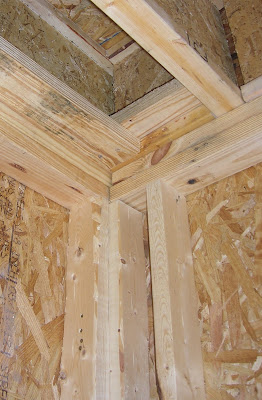BOOK REVIEW
From Animal House To Our House: A Love Story
From Animal House To Our House: A Love Story
On May 10th, I heard Ron Tanner speak about his new book at the Charleston County Public Library. This is one stop of his 66-City Tour telling America about his house renovation adventure(s). I really enjoyed it. I love hearing
the experiences of other renovators and was immediately intrigued because Ron's 4,500 SF brownstone was an extremely run-down property that had been condemned. Tanner is not a house flipper or general contractor. He's a writer who bought a dilapidated fraternity house to get the girl.
Ronald does not shy away from the personal or intimate details that help the reader understand how he got in over his head with the Delta Upsilon House (DUH) and Ron has a self-deprecating sense of humor that shines through in each chapter that makes it easier to laugh while reading about him injured and bleeding or yelling and cursing in helpless frustration.
However, it's fair (and perhaps obvious) to say that I especially liked From Animal House To Our House because I could relate in both general and specific ways; renovation blunders, craziness with contractors, burning the candle at both ends, bank loan deadlines, predictions of unavoidable failure from visitors, throwing out a back while trying to tie a shoe, heartwarming pet stories in the midst of the rehab, realization that some renovation tasks are a lot harder to complete than expected (while others are the opposite), and on and on.
If you're rehabbing a house, loved the movie The Money Pit, enjoy reading my posts, are an aspiring home renovator, pet lover, hopeless romantic, adventurer, or wanderluster, I think you'll enjoy From Animal House To Our House as much as me.










